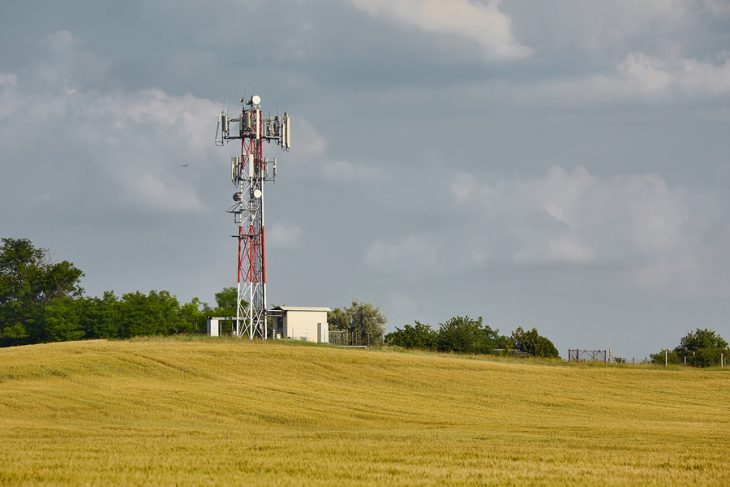
LONDON – Global mobile measurement company Opensignal released a report this morning showing Canada appears to be ahead many other countries when it comes to delivering wireless services beyond major population centres.
With rural connectivity front and centre in the federal election campaign (not to mention pricing of wireless services in Canada), the results of Opensignal’s analysis “showed Canadians do get what they pay for – speeds and availability which exceed or rival the overall figures of developed countries,” reads its release.
That said, the report acknowledges rural dwellers often pay higher monthly costs for connectivity, and when it comes to 4G wireless, networks in rural areas are slower. This report only published results from devices connected to the Rogers, Bell and Telus networks.
“Opensignal users in Canada's rural areas experience considerably lower 4G download speed than our users in large urban areas across all three national operators,” reads the report. “Our users achieved an average 4G download speed up to 2.6 times faster in large urban zones compared to the same operator’s user experience measured in rural areas. Even our users on Rogers, the slowest operator of the three, experienced 1.75 times their rural speed in large urban areas.
“Despite this, Canada’s slower rural speed still outperforms the average speeds of many countries in the world including the USA.”
When it comes to the availability of the latest 4G networks, Opensignal notes those in rural areas spend 80.8% of time connected to 4G, compared to 93.6% in large urban areas. Users on the Rogers network overall generally saw slower speeds and availability in comparison to Bell and Telus, the two operators who share a national wireless network.
Canada’s rural wireless connectivity puts customers ahead of those in other countries (even far smaller ones, in terms of land mass), adds the report. In rural Germany, for example, Opensignal found its users with a 4G device and subscription were able to get a 4G connection on average 73.5% of the time, ranging from 77.3% to as low as 66.7% in different rural districts, reads its report
And as for our neighbours to the south, 4G availability in remote American rural areas was below 80% for all operators except Verizon. That contrasts to the 80%-plus 4G availability “with an average 4G download experience of 32 Mbps… much faster than the average U.S. user.”
In fact, adds Opensignal, rural Canadians had a faster 4G connection than the average in 76 total countries. If rural Canada were a country by itself, reads the report, “it would rank 12th in our download speed experience ranking, with our rural Canadian users on average seeing faster 4G download speeds than our users in Sweden, New Zealand, France, and 73 of the other countries we reported on.”
Data collected for the rural Canada report was done between June 1 and August 29 this year. In Opensignal’s last published report on the Canadian market, it said it tracks over 173,000 active devices and made over 438 million measurements. It did not release similar statistics for this report, nor did it report how many devices were tracked in Canadian rural areas. The company also does not make public the number of devices tracked per wireless company.



